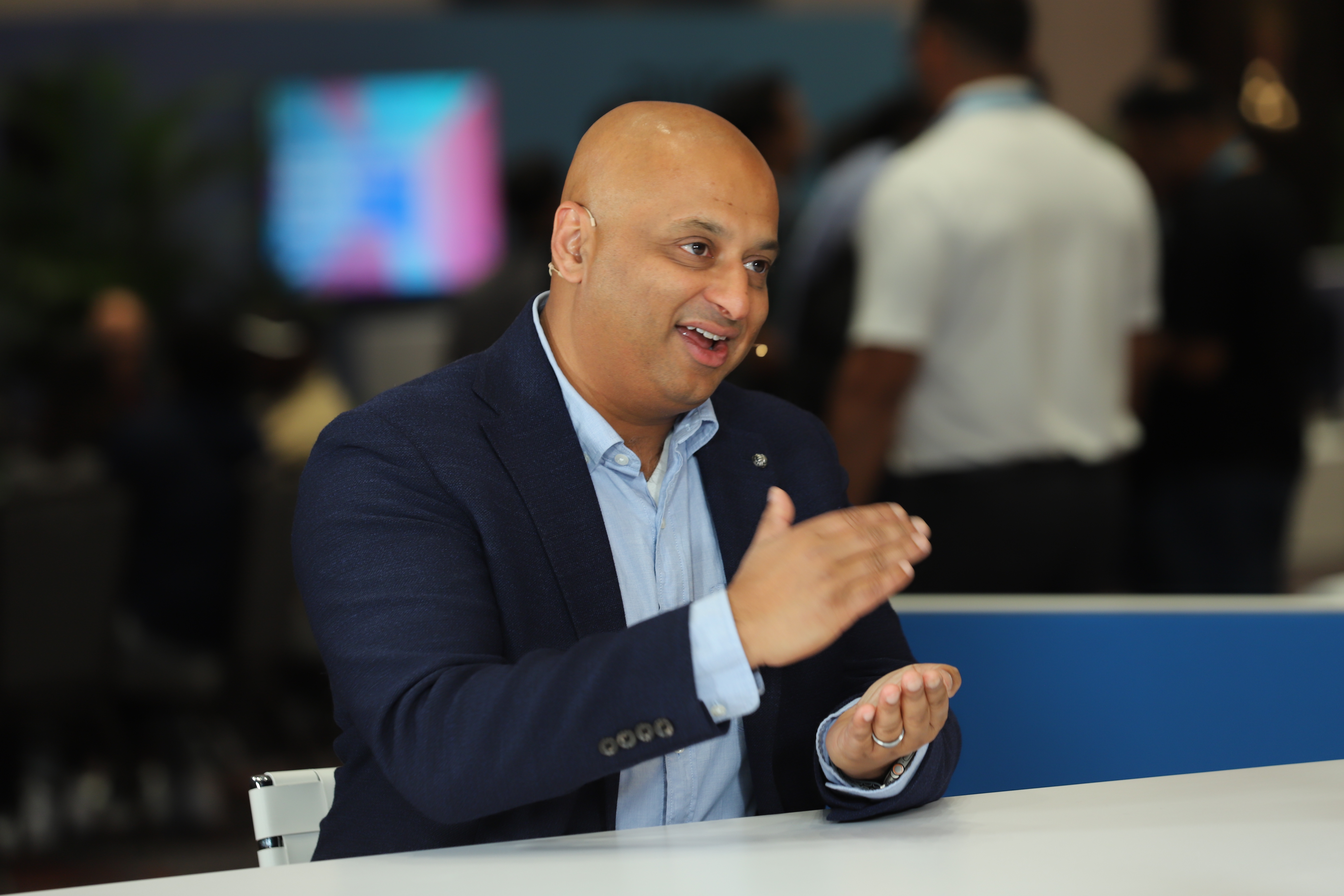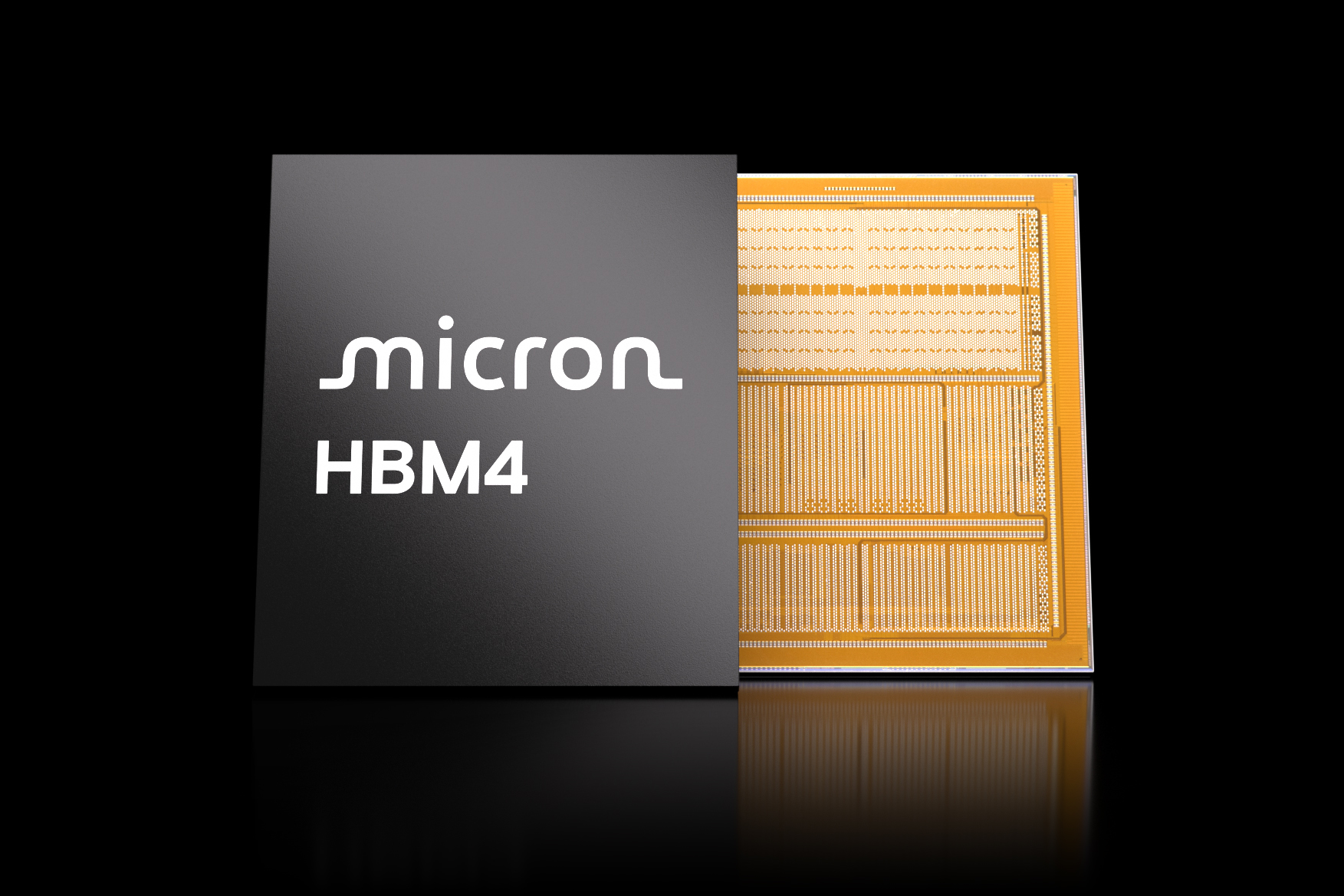
As deepfakes and artificial intelligence-driven fraud accelerate, organizations face mounting pressure to confirm digital identities without slowing down user experiences. The rise of verified digital credentials offers a potential breakthrough, giving consumers more control while giving businesses stronger assurance.
For years, identity verification has been a clunky process reserved for rare scenarios, often involving costly third-party checks and heavy user friction, according to Vivek Raman (pictured), vice president and general manager of Okta Personal at Okta Inc. Now, industries from healthcare to government services are exploring ways to embed verified digital credentials directly into everyday transactions, cutting costs and reducing fraud risk.
“Okta Personal was kind of started as trying to help Okta think about where we play in the consumer identity space and where we think consumer identity is going today is around verified identity and helping regular people prove who they are on the internet,” Raman told theCUBE. “Especially in this age of AI agents and bots and deepfakes, this is getting more and more important. Okta Personal is really a product built for consumers instead of our traditional enterprise products.”
Raman spoke with theCUBE’s Rebecca Knight and Jackie McGuire at Okta’s Oktane event, during an exclusive broadcast on theCUBE, SiliconANGLE Media’s livestreaming studio. They discussed the rise of verified digital credentials, their role in combating fraud and how Okta Personal is reshaping consumer identity management. (* Disclosure below.)
Building trust with verified digital credentials
Traditional identity checks often expose far more personal data than necessary, increasing the risk of leaks and misuse. Verified digital credentials flip this model by allowing consumers to share only what’s required in a transaction, according to Raman.
“I’ll give you an example,” he said. “If I want to go to the liquor store and buy a bottle of wine, which I’ll probably do after this interview, today I hand over my driver’s license, which has my full name, my home address, my photo [and] all that stuff, where all they really need to know is am I over 21 or not? So, selective disclosure with verifiable credentials lets you, the user, be in control of what data you share.”
That principle extends to online interactions, where businesses can verify that users meet legal or compliance requirements without maintaining sensitive personal data. Verified digital credentials can expire, live only on a consumer’s device and be locked with biometrics such as Face ID, making them more secure than static, physical documents, according to Raman.
“You can imagine there’s properties of [verified digital credentials] or VDCs where you can allow them to expire after a certain amount of time,” he said. “Then I mentioned earlier they’re protected by the biometrics on your device, so you have to do a Face ID or Touch ID or something to unlock the VC.”
Real-world adoption gains momentum
The healthcare and government sectors are leading the adoption, demonstrating how the technology can reduce onboarding times and enhance trust, according to Raman. Governments are driving standardization through initiatives such as U.S. state mobile driver’s licenses and forthcoming European legislation mandating interoperable citizen IDs.
“Leading the way, I’ve seen a lot of examples in healthcare,” Raman said. “For example, a traveling nurse who’s visiting a hospital needs access to a piece of equipment or a certain ward. We’ve seen verifiable credentials used to have a proof of professional certification on a piece of equipment, and then proof of employment. You present those two together, and now you can have access right away to the right piece of equipment that you’ve got.”
Looking ahead, Raman envisions individuals carrying a portfolio of verified digital credentials in their digital wallets, much like credit cards have transitioned to tap-to-pay systems. Adoption hurdles remain, but the convergence of standards and government momentum points to broad mainstream use in the near future, according to Raman.
“We think that in the future … you’re going to have a bunch of different VDCs that you hold and that kind of will make up your personal identity,” he said. “It’ll be my government-issued ID, my driver’s license, my passport, my proof of employment, maybe some professional certifications and things like that. And I’ll choose what context and who I want to share it with.”
Here’s the complete video interview, part of SiliconANGLE’s and theCUBE’s coverage of Okta’s Oktane event:
(* Disclosure: TheCUBE is a paid media partner for Okta’s Oktane event. Neither Okta Inc., the sponsor of theCUBE’s event coverage, nor other sponsors have editorial control over content on theCUBE or SiliconANGLE.)
Photo: SiliconANGLE



